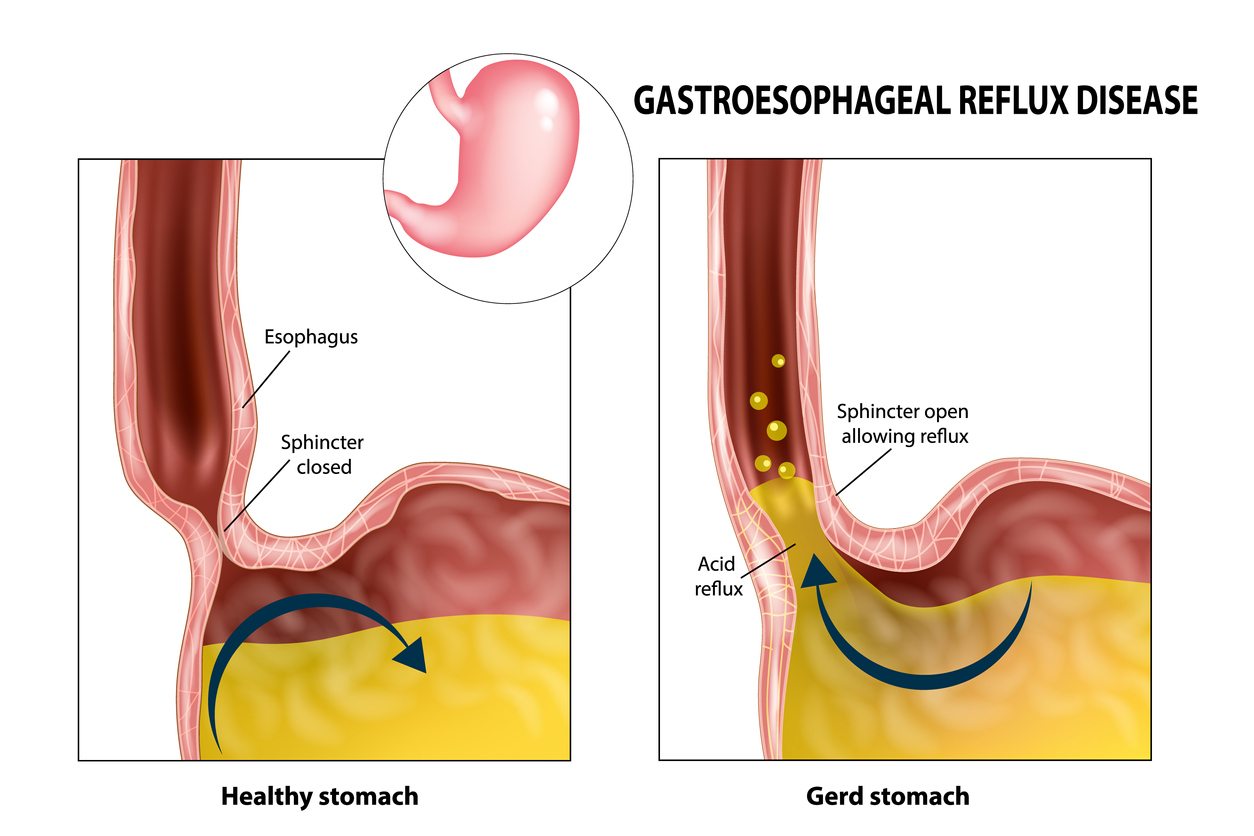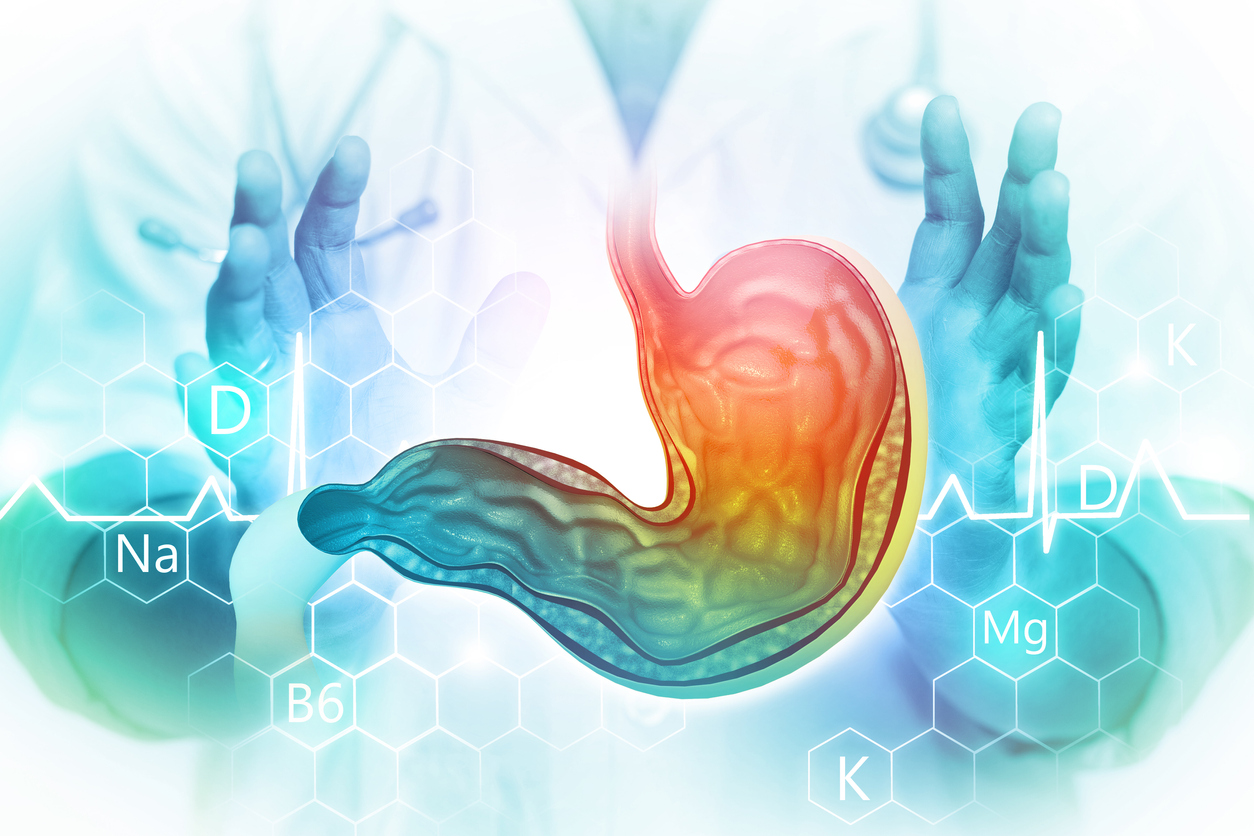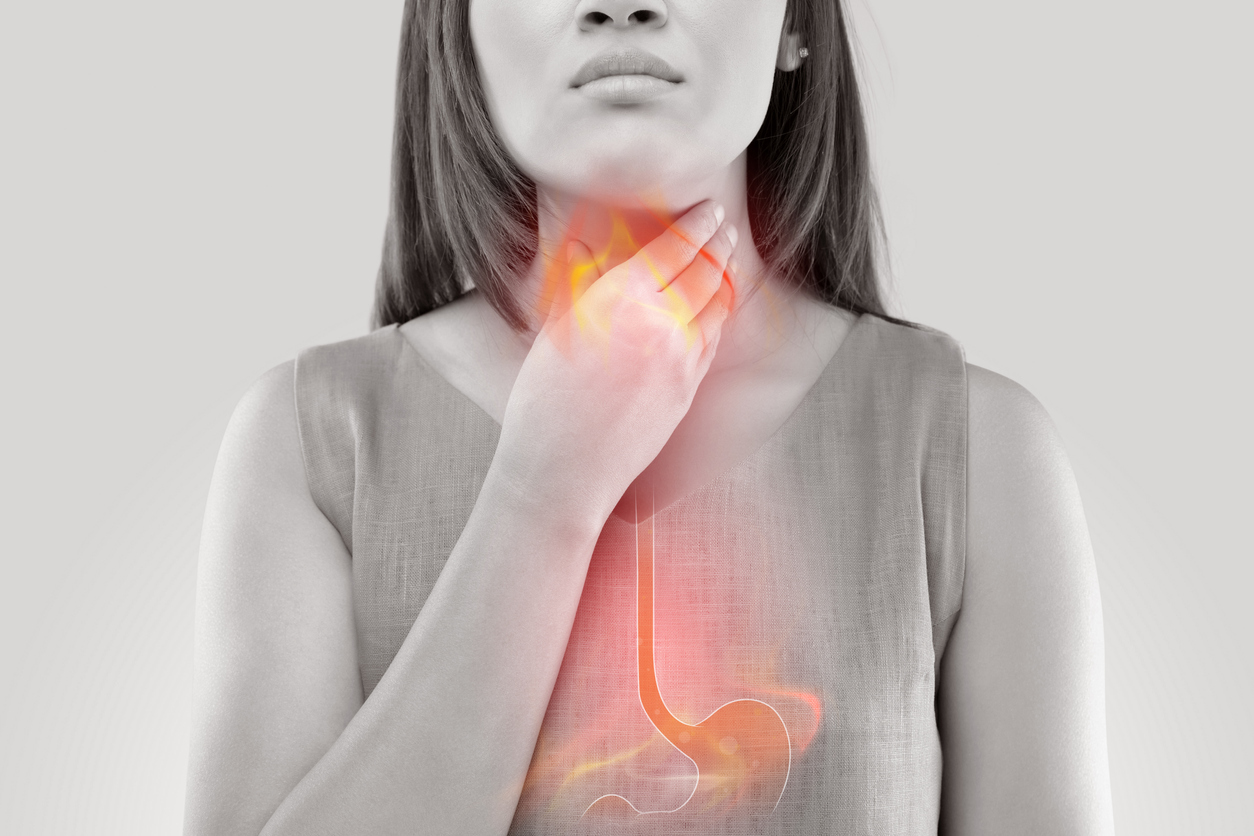Pain
What Is Gastroesophageal Reflux Disease (GERD)?

Gastroesophageal reflux disease (GERD) is a chronic condition in which stomach acid backflows into the esophagus. The esophagus is the tube that connects the mouth and stomach. GERD is a chronic and severe form of acid reflux that occurs at least twice per week or has a duration of weeks to months with each occurrence.
Symptoms
The most common symptom of gastroesophageal reflux disease is heartburn, which is not the same as GERD. Other symptoms of GERD include, but are not limited to, the following:
- Chest pain
- Bad breath
- Damage to tooth enamel
- Difficulty swallowing
- Regurgitation of sour liquid or food
- Sensation of a lump in the throat
Nighttime symptoms of GERD may include:
- Persistent dry cough
- Laryngitis
- New or worsening asthma
- Disrupted sleep
Causes
Gastroesophageal reflux disease results from frequent acid reflux. The lower esophageal sphincter is located between the stomach and esophagus. The sphincter relaxes to allow food and liquid to enter the stomach and then closes afterwards. If the sphincter relaxes abnormally or becomes weakened, stomach acid can backflow into the esophagus. This irritates the lining of the esophagus and other structures.
Risk Factors
Conditions that may increase the risk of developing GERD include the following:
- Hiatal hernia
- Pregnancy
- Connective tissue disorder
- Delayed stomach emptying
- Obesity
Other factors that may exacerbate acid reflux symptoms include the following:
- Smoking
- Certain medications (such as aspirin)
- Fatty or fried food consumption
- Alcohol use
- Coffee
- Late night eating
- Consuming large meals
















